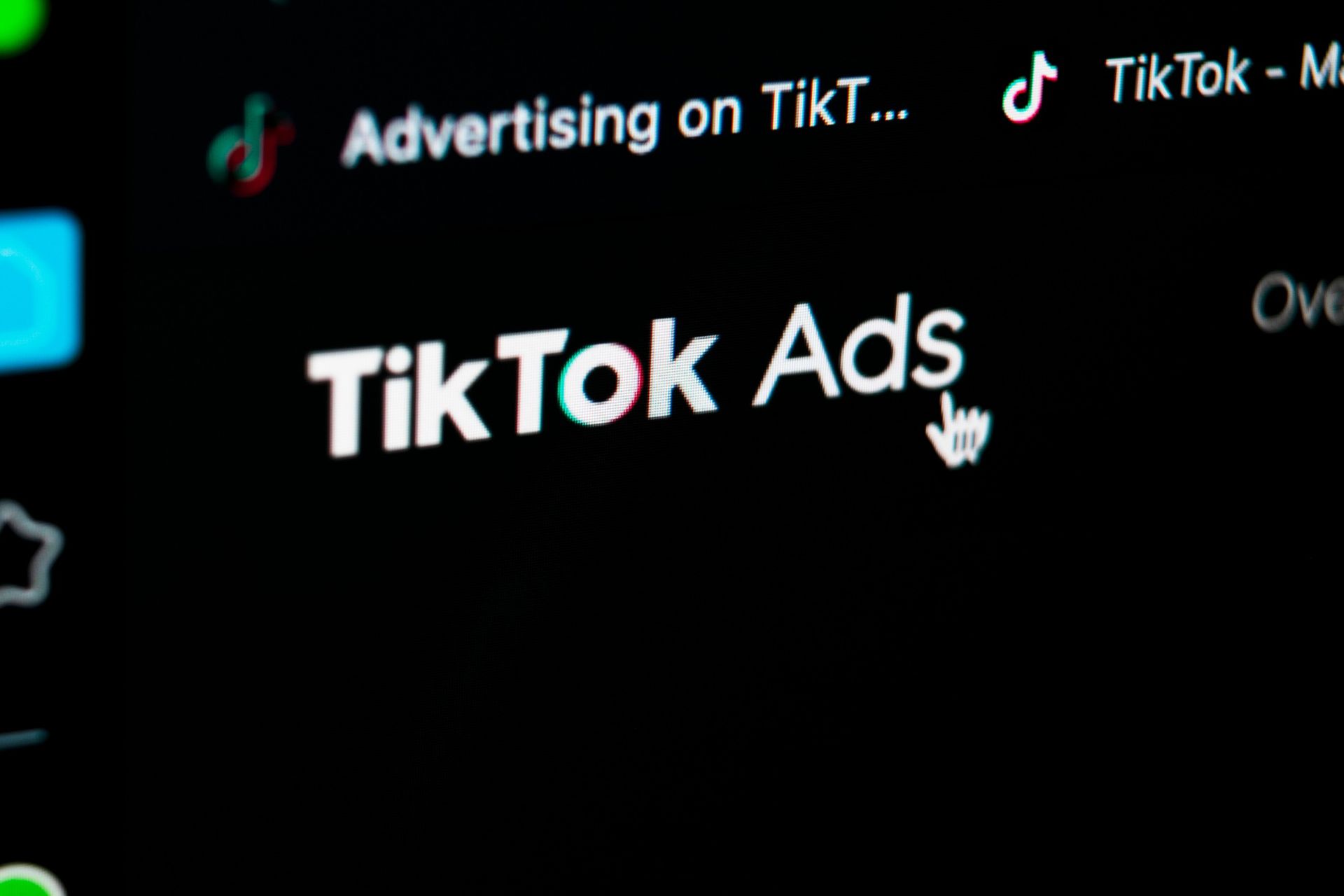The Ultimate Guide to Creating a Content Marketing Strategy
Creating a content marketing strategy is essential for businesses today. It helps you reach your target audience and build strong connections with them.
This guide will walk you through the key steps to develop a successful strategy. You will learn how to define your goals, understand your audience, and create valuable content that resonates with them.
We’ll also explore how to distribute your content effectively and measure its performance. By the end of this guide, you will have the tools and knowledge to create a content marketing plan that drives results and grows your brand.
Let's get started!
Why a Content Marketing Strategy is Essential for Small Businesses
In today’s digital landscape, small businesses face unique challenges when it comes to marketing. A well-crafted content marketing strategy can level the playing field by providing the tools necessary for engaging potential customers. Here are some reasons why it is crucial:
- Build Brand Awareness: A strong content strategy helps in establishing your brand identity among your target audience, making you more recognizable.
- Generate Leads: High-quality content attracts and nurtures leads, turning casual visitors into loyal customers.
- Improve SEO: Content marketing is vital for search engine optimization (SEO). By integrating relevant keywords, small businesses can enhance their visibility on search engines.
Research and Identify Your Target Audience and Their Needs
Understanding your target audience is a fundamental step in creating an effective content marketing strategy. By researching and identifying who they are and what they need, you can tailor your content to resonate with them. Here’s how to approach this:
Steps to Identify Your Audience
- Demographic Analysis: Start by analyzing the demographics of your potential customers. Consider factors such as age, gender, location, and income level.
- Behavioral Insights: Look at their online behavior. What websites do they visit? What social media platforms do they prefer?
- Needs and Pain Points: Consider the challenges your target audience faces. What solutions can your content provide to address their specific needs?
Setting SMART Goals for Your Content Marketing Strategy
Establishing clear and measurable goals is vital for the success of your content marketing strategy. SMART goals—Specific, Measurable, Achievable, Relevant, and Time-bound—provide a framework for setting objectives that enhance your focus and direction. Here’s how to implement this approach effectively:
Steps to Set SMART Goals
- Specific: Define what you want to achieve. Instead of saying "increase website traffic," specify, "increase website traffic by 20% in six months."
- Measurable: Ensure that your goals can be tracked. Use tools like Google Analytics to measure performance metrics related to your objectives.
- Achievable: Set realistic goals based on resources and time. Aim for achievable targets that inspire your team while challenging them to excel.
- Relevant: Align your goals with broader business objectives. For example, if your goal is to generate leads, it should tie into sales targets.
- Time-bound: Assign a timeline to each goal. This creates urgency and helps keep your strategy on track.
Example of SMART Goals
- Increase Engagement: Boost social media engagement by 30% over the next quarter through targeted campaigns and contests.
- Lead Generation: Capture 100 new email subscribers via a downloadable resource by the end of the month.
Choosing the Right Platforms and Content Types
Selecting the appropriate platforms and content types is crucial for maximizing your content marketing strategy's impact. With numerous options available, it’s essential to align your choices with your target audience's preferences and habits.
Key Considerations When Choosing Platforms
- Audience Preferences: Understand where your potential customers engage. Are they more active on social media platforms, or do they prefer email newsletters?
- Content Format: Different types of content perform better on certain platforms. For example, videos may thrive on Instagram and TikTok, while in-depth articles may be more suitable for LinkedIn or your blog.
- Resources Available: Consider your team’s skills and the resources at hand. It’s important to produce quality content consistently rather than spreading your efforts too thin across numerous platforms.
Effective Content Types to Consider
- Blog Posts: Great for in-depth discussions and improving SEO via long-tail keywords.
- Videos: Excellent for engagement and sharing on platforms like YouTube and social media.
- Infographics: Visually appealing way to convey complex information quickly.
- Podcasts: Perfect for reaching audiences who prefer audio content, particularly while commuting or multitasking.
By thoughtfully selecting platforms and content types that resonate with your audience, and by strategically using trending keywords, you’ll enhance the effectiveness of your content marketing strategy and drive better results.
Creating a Content Calendar to Ensure Consistency
A content calendar plays a crucial role in maintaining a consistent and strategic approach to your content marketing efforts. It helps you plan, organize, and schedule your content in advance, ensuring that you stay on track with your goals and engage your audience effectively.
Here are some steps to create an effective content calendar:
Steps to Develop Your Content Calendar
- Outline Your Content Types: Decide what types of content you want to create. Include a mix of blog posts, social media updates, videos, and infographics.
- Determine Frequency: Establish how often you want to publish each type of content. Consider your resources and the platforms you’re using.
- Use Calendar Tools: Utilize tools like Google Calendar, Trello, or dedicated content calendar software to keep everything organized and accessible.
- Plan Around Key Dates: Identify important dates, holidays, or industry events relevant to your audience. Incorporate these into your calendar for timely content creation.
- Review and Adjust Regularly: Periodically review your calendar to ensure you’re on track. Adjust your strategy based on audience feedback and performance metrics.
Benefits of a Content Calendar
- Enhanced Organization: Keeps all content ideas and deadlines in one place for easy reference.
- Improved Collaboration: Facilitates teamwork by allowing different team members to see and contribute to the content schedule.
- Consistent Branding: Ensures that all content aligns with your brand message and visual identity.
Conclusion
Creating a robust content marketing strategy is a necessity for businesses looking to thrive in today’s competitive landscape. By understanding your audience, setting SMART goals, choosing the right platforms, and maintaining consistency with a content calendar, you set the stage for meaningful engagement and growth.
The process may require time and effort, but the rewards of increased brand awareness, lead generation, and improved customer relationships far outweigh the investment.
Embrace these strategies, and watch as your content marketing efforts transform into a powerful asset that drives results and furthers your business objectives.
If you're ready to elevate your content marketing strategy and drive meaningful results for your business, contact us today!
Let's work together to create a tailored plan that meets your unique needs and goals.











